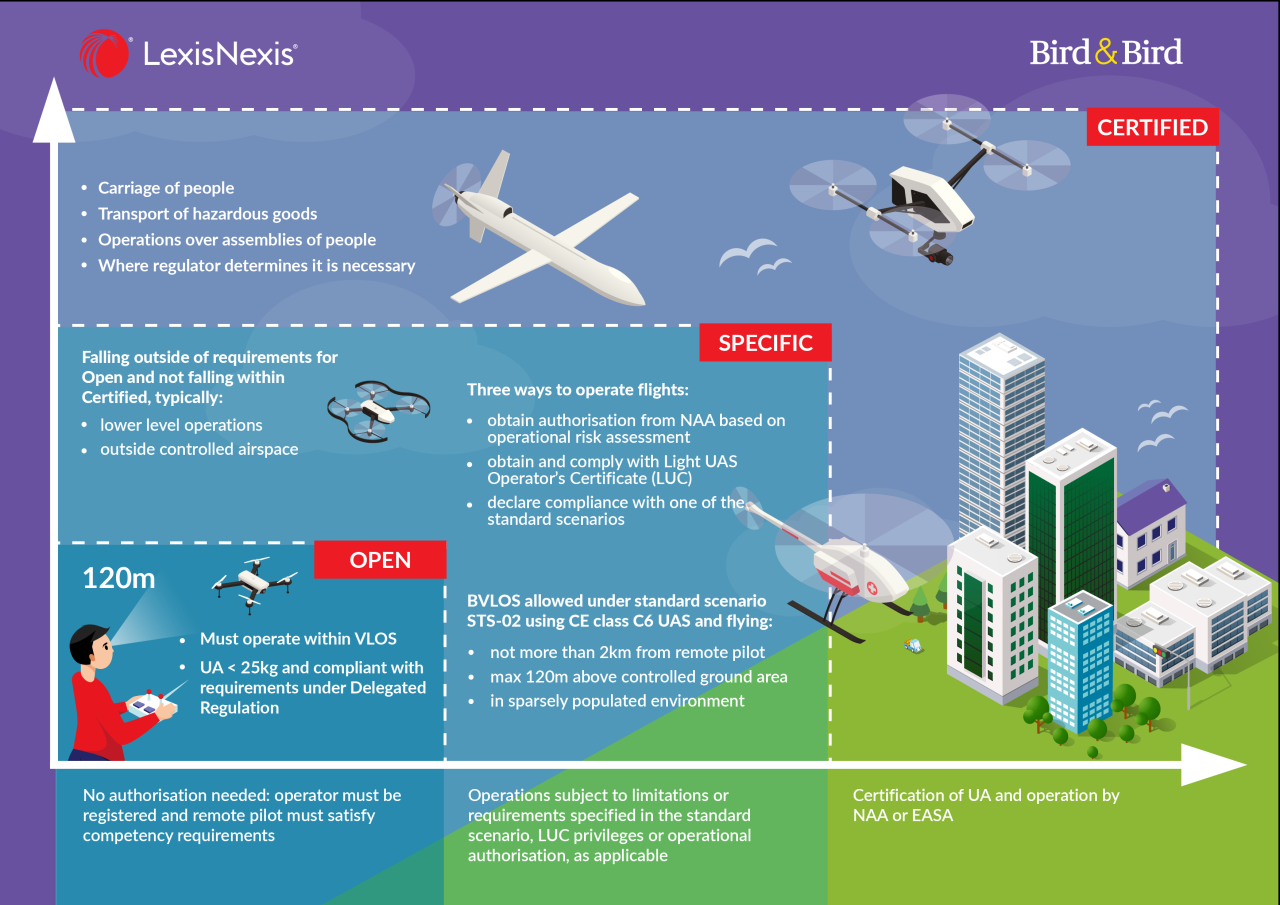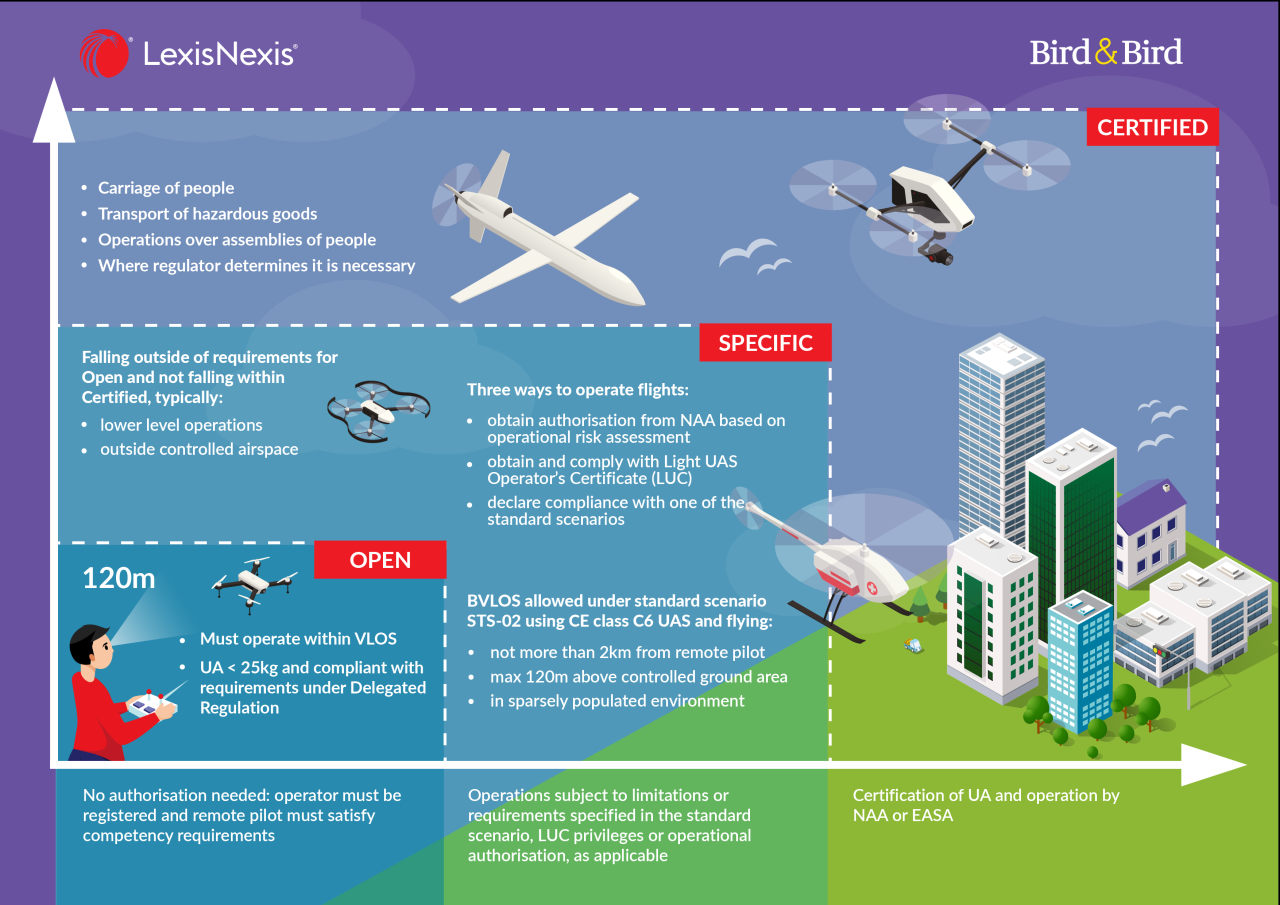New drone rules Canada have recently been updated, impacting both recreational and commercial drone pilots. These changes aim to improve safety, address privacy concerns, and clarify regulations for drone operation across the country. Understanding these new rules is crucial for anyone flying a drone in Canada, whether it’s for capturing stunning aerial footage or for professional applications. This guide will break down the key changes, outlining registration, licensing, operational restrictions, and safety protocols to ensure you’re flying legally and responsibly.
The Canadian government has implemented these updates to balance the innovative potential of drone technology with the need to protect airspace, public safety, and personal privacy. The new regulations cover a wide range of aspects, from registration and licensing to operational limitations and data security. This guide provides a clear and concise overview of these changes, helping you navigate the new landscape of drone regulations in Canada.
New Drone Regulations in Canada: A Comprehensive Guide
Navigating the updated Canadian drone regulations can feel overwhelming, but understanding the key changes is crucial for safe and legal operation. This guide breaks down the new rules, covering registration, operational limits, safety protocols, data privacy, and enforcement. Whether you’re a recreational flyer or a commercial operator, staying informed is essential.
So, you’re brushing up on new drone rules in Canada? It’s smart to know the regulations before you fly. Seeing amazing drone displays like the one at the shanghai new year drone show makes you appreciate the technology, but remember, safe and legal operation is key, so always check those Canadian drone rules before your next flight.
Overview of New Drone Regulations in Canada, New drone rules canada

Canada’s drone regulations, primarily governed by Transport Canada, have undergone significant updates to enhance safety and address emerging technological advancements. These changes reflect a growing awareness of the potential risks associated with drone operations, particularly concerning airspace safety and data privacy. Key changes include stricter registration requirements, more defined operational limits, and clearer penalties for non-compliance. The rationale behind these changes is detailed in Transport Canada’s official publications and advisory circulars, aiming to balance innovation with public safety and responsible use of airspace.
Okay, so Canada’s got some new drone rules, right? You gotta know the regulations before you fly, especially near airports. Think about the potential impact – even something seemingly unrelated like the gonzaga basketball plane could be affected by irresponsible drone use. So, brush up on those new Canadian drone laws to keep things safe and legal in the air.
The new rules affect all categories of drones, from small recreational models to large commercial systems. This includes drones used for photography, videography, surveying, inspection, and delivery services.
Drone Registration and Licensing Requirements

Registering your drone in Canada is a mandatory step for most users. The process involves creating an account on the Transport Canada website and providing necessary information about your drone, including its make, model, and serial number. You’ll receive a registration number which must be clearly displayed on your drone. For commercial operations, additional licensing is required, depending on the type of operation and the weight of the drone.
Recreational users typically only require drone registration.
Different licenses cater to various operational needs. Basic Operation Certificates are for simpler operations, while more complex operations necessitate Advanced Operation Certificates. Commercial drone use has more stringent requirements, including operational experience and specialized training, compared to recreational use which is generally less regulated.
| Registration/License Type | Description | Requirements | Fees (CAD) |
|---|---|---|---|
| Drone Registration | Mandatory for most drones | Online registration with Transport Canada | $5 |
| Basic Operation Certificate | For simpler commercial operations | Knowledge test, basic safety training | $150 (estimated) |
| Advanced Operation Certificate | For complex commercial operations | Extensive flight experience, advanced safety training | $300 (estimated) |
Operational Restrictions and Flight Limitations
Drones cannot be flown within controlled airspace near airports or heliports without prior authorization. Flight restrictions also apply to populated areas, sensitive infrastructure (e.g., power plants), and areas with restricted access. These limitations are designed to prevent collisions and safeguard public safety.
Okay, so Canada’s got these new drone rules, right? It’s all about safety and responsible flying. To see how far drone tech has come, check out the projected advancements showcased at the china drone show 2066 , which might give you a glimpse into future regulations. Understanding these future trends will help us better prepare for even more advanced drone technology and the inevitable updates to Canadian drone laws.
Drone flight altitude and distance are strictly regulated. Maximum altitudes are usually capped to ensure safe separation from manned aircraft. The maximum distance a drone can be operated from the pilot is also restricted, emphasizing the importance of maintaining visual line of sight (VLOS). Nighttime drone operations generally require additional authorization and safety measures due to the increased risks associated with reduced visibility.
Safety and Security Protocols
Drone operators must adhere to strict safety procedures to minimize the risk of accidents. These include pre-flight checks, careful flight planning, and awareness of surrounding environment. Operators must also take measures to mitigate risks to people and property, such as avoiding populated areas and flying at safe altitudes. Operating drones near other aircraft requires extreme caution and adherence to established separation standards.
Penalties for violating safety regulations can range from fines to license suspension or revocation. Serious violations may even lead to criminal charges. Transport Canada actively enforces these regulations through inspections and investigations.
Data Privacy and Security

Regulations surrounding the collection, use, storage, and transmission of data acquired through drone operations are crucial. Operators must respect individual privacy rights and comply with relevant data protection laws. These regulations aim to protect personal information captured by drone cameras and sensors.
The implications for different users vary. Commercial operators often handle sensitive data requiring robust security measures, whereas recreational users may have less stringent requirements. Best practices include secure data storage, encrypted transmission, and anonymization techniques where appropriate.
Enforcement and Penalties for Non-Compliance

Transport Canada employs various methods to investigate and address violations. These include reviewing incident reports, conducting inspections, and investigating complaints. Penalties can range from warnings and fines to license suspension, revocation, and even criminal prosecution, depending on the severity of the infraction.
- Fines: Vary based on the nature and severity of the violation.
- License Suspension/Revocation: For repeated or serious violations.
- Criminal Charges: In cases involving significant harm or reckless endangerment.
- Example: A drone operator flying recklessly near an airport could face substantial fines, license revocation, and potential criminal charges.
Resources and Further Information
For detailed information on Canadian drone regulations, visit the Transport Canada website. They provide comprehensive guides, advisory circulars, and FAQs. Numerous online resources offer helpful tutorials and safety guidelines for drone operation. These resources cover topics such as flight planning, emergency procedures, and best practices for responsible drone use.
Infographic Description: A visually appealing infographic could depict a map of Canada with different airspace classifications (controlled, uncontrolled, prohibited) highlighted in distinct colours. Icons representing various drone types (recreational, commercial) could be overlaid, showing their respective operational limits within each airspace category. Key regulations, such as altitude restrictions, distance limitations, and registration requirements, could be summarized using concise text and relevant symbols.
End of Discussion: New Drone Rules Canada
Flying drones responsibly and legally in Canada requires a solid understanding of the updated regulations. From registration and licensing to operational limitations and data privacy, these new rules are designed to ensure safe and secure drone operations for everyone. By adhering to these guidelines, drone pilots can contribute to a positive and safe airspace while enjoying the many benefits of this exciting technology.
This guide serves as a starting point; always refer to official government sources for the most up-to-date and comprehensive information. Safe flying!
Detailed FAQs
What types of drones are affected by the new rules?
The new rules generally apply to all drones, regardless of size or intended use, though some exceptions may exist for very small, toy-like drones.
Do I need insurance to fly a drone in Canada?
While not explicitly mandated by Transport Canada for recreational use, having liability insurance is highly recommended to protect yourself from potential accidents or damages.
What happens if I lose visual contact with my drone?
Losing visual contact is a serious violation. Immediately cease operation and attempt to regain control. Depending on the circumstances, penalties could apply.
Where can I find the complete official regulations?
Visit the Transport Canada website for the most up-to-date and complete information on Canadian drone regulations.
